Maximizing Efficiency: The Essential Role of Commercial Roll Up Doors in Industrial Spaces
In the realm of industrial spaces, maximizing efficiency is a critical component of operations, and one often overlooked element is the choice of access doors. Commercial roll up doors play an essential role in enhancing the functionality and productivity of various industrial environments. These doors not only facilitate seamless entry and exit for vehicles and personnel but also contribute to energy savings and security. With their ability to withstand heavy usage and harsh conditions, commercial roll up doors are designed to enhance workflow while minimizing downtime. Their versatility allows for customization to meet specific operational needs, making them a valuable investment for businesses aiming to optimize their facilities. Understanding the types and benefits of commercial roll up doors is vital for organizations looking to improve efficiency and maintain a competitive edge in today's fast-paced industrial landscape.
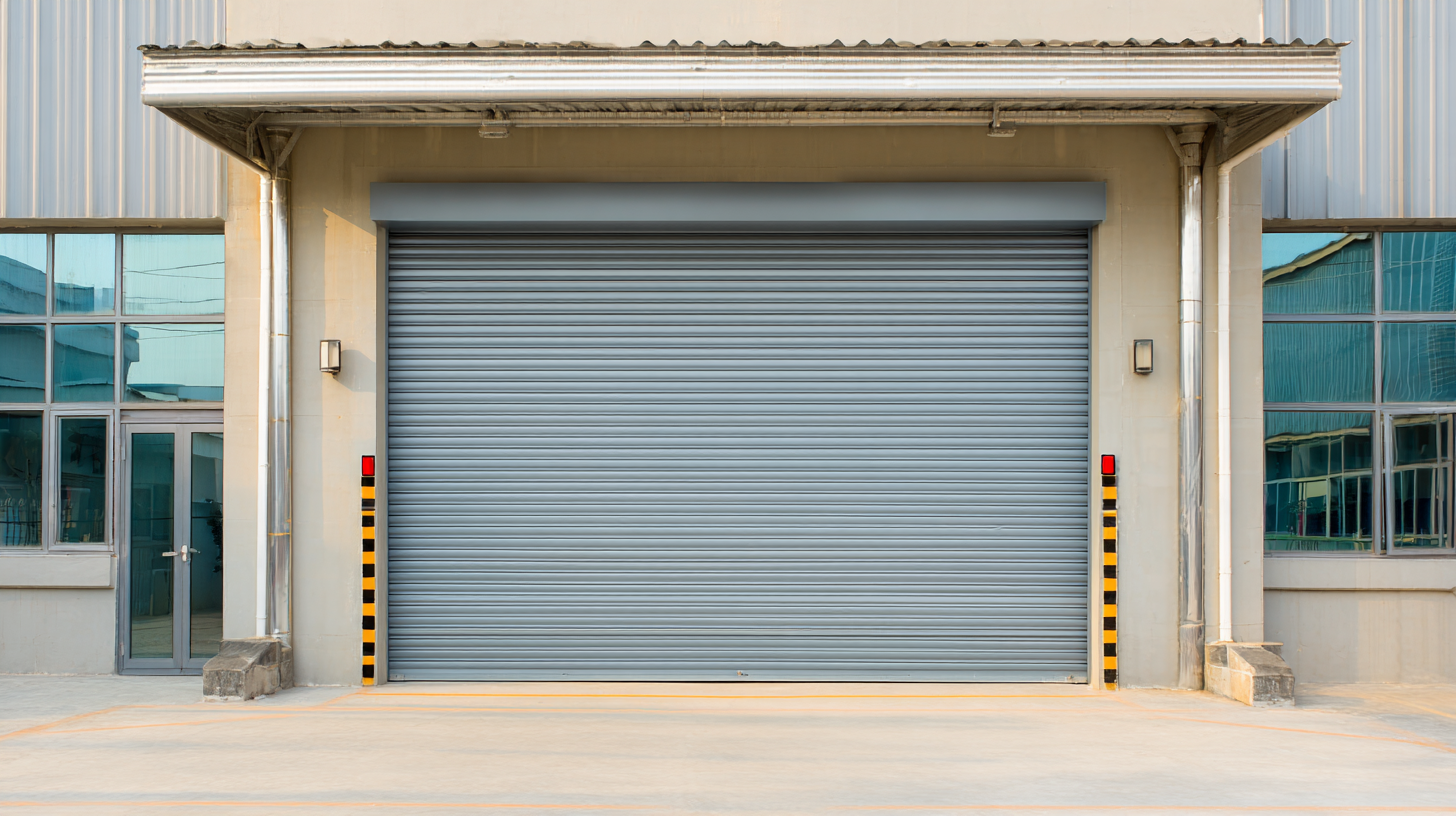
Understanding the Functionality of Commercial Roll Up Doors in Industrial Settings
Commercial roll up doors play a critical role in enhancing the functionality of industrial spaces. Designed for efficiency, these doors provide a seamless transition between indoor and outdoor environments, allowing for the rapid movement of goods and personnel. Their robust construction ensures durability, capable of withstanding the demands of high-traffic areas while minimizing maintenance costs. This is especially important in industrial settings where time is money, and delays can lead to significant losses.
Moreover, the design of roll up doors facilitates space optimization. Unlike traditional doors that swing open, roll up doors retract vertically, conserving valuable floor space and enabling unhindered access to loading docks and storage areas. This functionality is essential in warehouse operations, where maximizing usable space can significantly improve workflow. Furthermore, with options for insulation and weather resistance, these doors also contribute to energy efficiency, helping to maintain optimal internal temperatures and reducing heating and cooling costs. In essence, the integration of commercial roll up doors is indispensable for achieving operational efficiency in industrial environments.
Identifying Key Features that Enhance Door Performance and Efficiency
In industrial settings, commercial roll-up doors have emerged as critical components that not only facilitate access but also enhance overall operational efficiency. Research from the International Door Association indicates that the right door type can significantly reduce energy costs, with energy-efficient doors leading to savings of up to 30% in heating and cooling expenses. This is particularly important in environments where temperature control is vital for product integrity.
Key features that contribute to the performance and efficiency of roll-up doors include thermal insulation, durability, and speed of operation. Doors equipped with advanced insulation materials can provide better thermal resistance, minimizing heat loss and ensuring stable internal temperatures. Additionally, high-speed roll-up doors can open and close in a matter of seconds, reducing the amount of time the door remains open and thus limiting air exchange. According to a report by Freedonia Group, the demand for high-speed doors is projected to grow at a rate of 6.5% annually, driven by an increasing focus on energy efficiency and operational productivity across various industries. The integration of these features not only enhances the functionality of commercial roll-up doors but also directly contributes to a more efficient and sustainable industrial environment.
Maximizing Efficiency: The Essential Role of Commercial Roll Up Doors in Industrial Spaces
| Key Feature | Description | Benefit |
|---|---|---|
| Insulation | High R-value insulation to maintain temperature control. | Reduces energy costs and enhances climate control. |
| Material Durability | Constructed from heavy-duty materials resistant to wear and tear. | Longer lifespan and lower maintenance costs. |
| Speed of Operation | Rapid opening and closing mechanisms. | Increases workflow efficiency and reduces downtime. |
| Safety Features | Equipped with sensors and emergency stop features. | Enhances workplace safety and minimizes accidents. |
| Customization Options | Variety of sizes, colors, and styles available. | Allows businesses to suit specific needs and aesthetics. |
Implementing Best Practices for Maintenance and Longevity of Roll Up Doors
In industrial spaces, the efficiency and functionality of commercial roll up doors are paramount. Proper maintenance of these doors not only ensures their operational effectiveness but also significantly prolongs their lifespan. Implementing best practices for maintenance can lead to substantial cost savings over time, akin to the way farmers maintain equipment for enhanced longevity and profitability.
To maximize the longevity of your roll up doors, consider these tips:
First, conduct regular inspections for signs of wear, rust, or misalignment. Addressing minor issues early can prevent costly repairs down the line.
Second, keep the door tracks and mechanisms clean and lubricated. Dust and debris can hinder movement and lead to mechanical failure.
Finally, ensure that all safety devices, such as photo eyes and limit switches, are in good working order to prevent accidents that could damage the door.
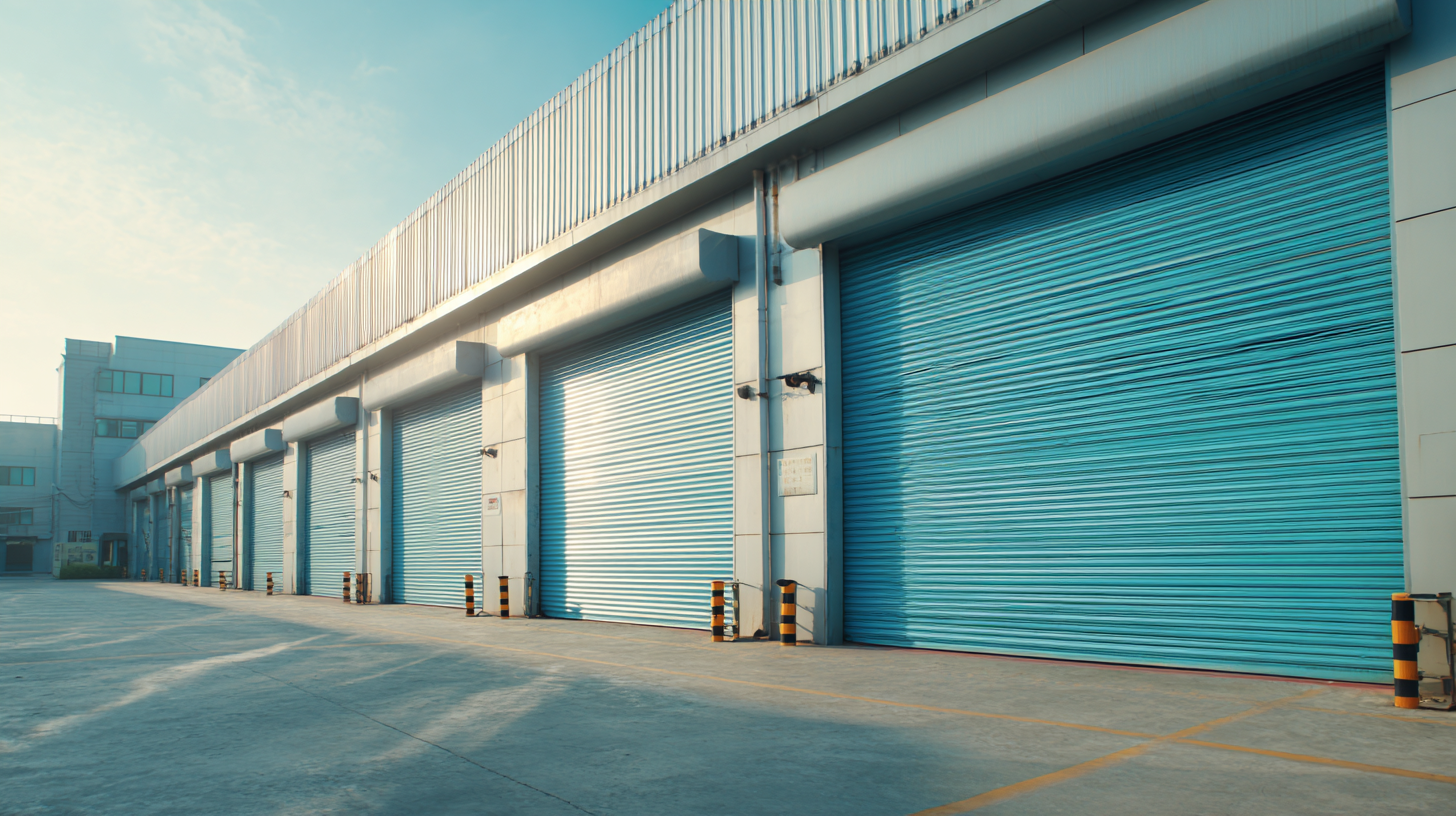
By adopting these maintenance practices, industrial facilities can not only maximize the efficiency of their roll up doors but also secure a long-lasting investment that enhances overall operational productivity.
Integrating Roll Up Doors with Automation for Superior Workflow Efficiency
In the bustling environment of industrial spaces, the efficiency of workflow can make or break operational success. One of the critical components in enhancing this efficiency is the integration of commercial roll up doors with automation. These doors not only minimize downtime during material transfers but also facilitate a seamless workflow by allowing quick access between different sections of the facility.
When automated, roll up doors can significantly reduce the need for manual operation, thus streamlining processes. For instance, sensors can be employed to trigger door openings in response to approaching forklifts or personnel, minimizing wait times. This creates a frictionless movement of goods and personnel, leading to enhanced productivity across the board.
**Tips for Implementation:**
- Assess your operational needs to determine the optimal positioning and specifications of roll up doors.
- Consider integrating smart sensors that align with your existing automation systems for a cohesive workflow.
- Regularly maintain and test the automated systems to ensure they function smoothly and efficiently, preventing unexpected interruptions in your operations.
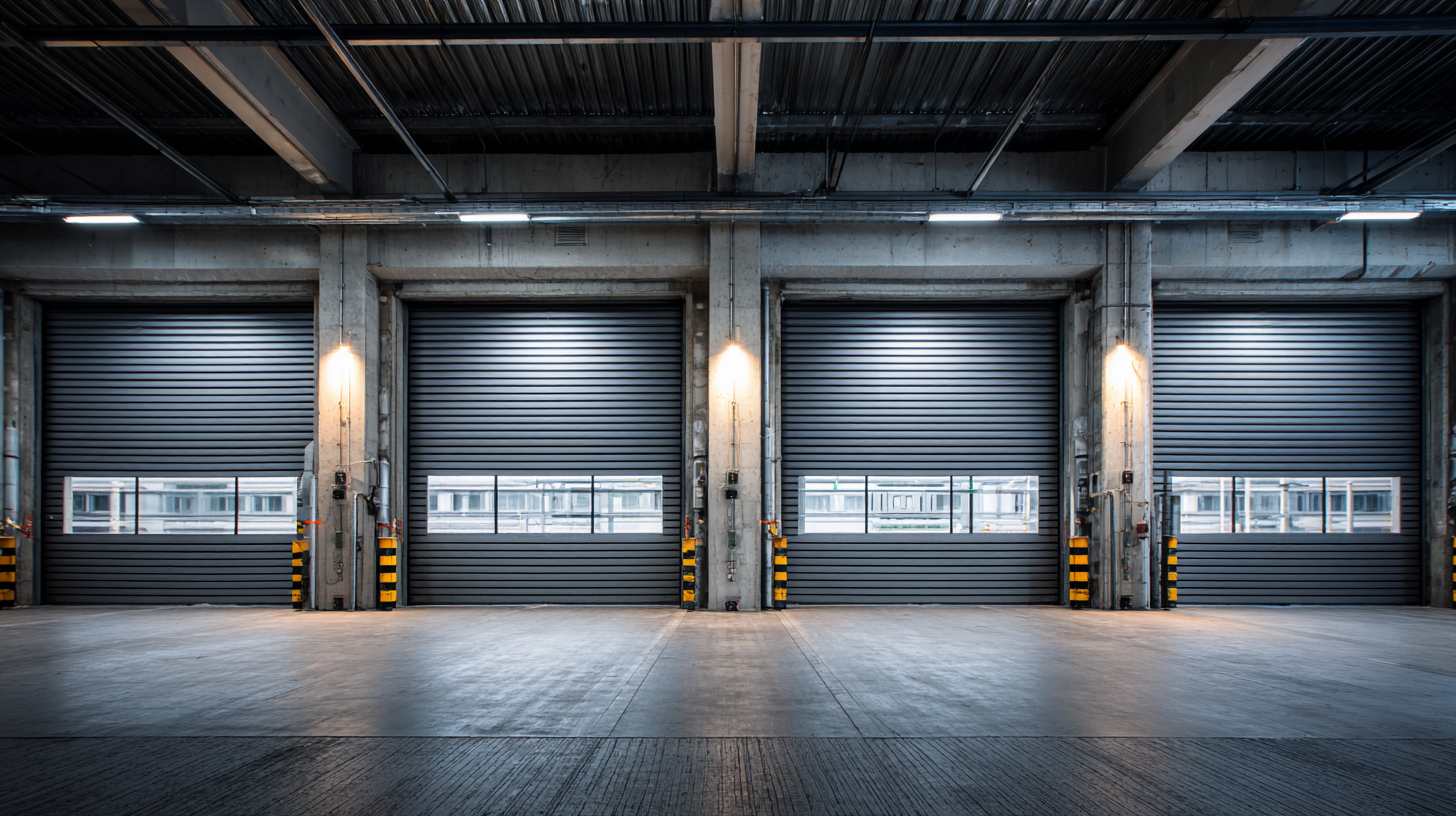
Evaluating Cost-Benefit Analysis of Installing Roll Up Doors in Industrial Spaces
When considering the installation of commercial roll up doors in industrial spaces, a thorough cost-benefit analysis is crucial. These doors offer significant advantages, such as space efficiency and ease of access, which can lead to increased productivity. By eliminating the need for swing space, roll up doors optimize workflow, allowing for smoother operations. The initial investment in these doors can be offset by long-term savings in terms of energy efficiency and reduced maintenance costs.
Additionally, the versatility of roll up doors makes them suitable for a variety of applications, from warehouses to manufacturing facilities. The potential for customizations, such as insulation and automated features, further enhances their value. When evaluating the financial implications, it is essential to consider not only direct costs but also the potential for increased operational efficiency and improved safety in industrial spaces. Ultimately, the decision to install roll up doors should align with operational goals, ensuring that the benefits outweigh the initial expenditures.
Maximizing Efficiency: Cost-Benefit Analysis of Installing Roll Up Doors in Industrial Spaces
Related Posts
-

How to Increase Your Garage Door Lifespan by 30 Percent with Proper Maintenance Techniques
-
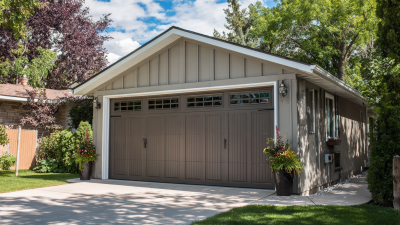
How to Choose the Perfect Aluminum Garage Door for Your Home
-

How to Choose the Perfect Garage Door Options for Your Home's Aesthetic and Security Needs
-
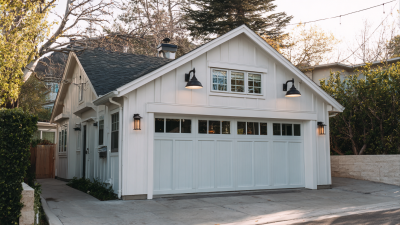
Ultimate Guide to Choosing the Best Garage Door with Door for Your Home
-

7 Secrets to Choosing the Best Commercial Overhead Doors for Your Business
-

The Ultimate Guide to Choosing the Perfect Overhead Garage Door for Your Home
